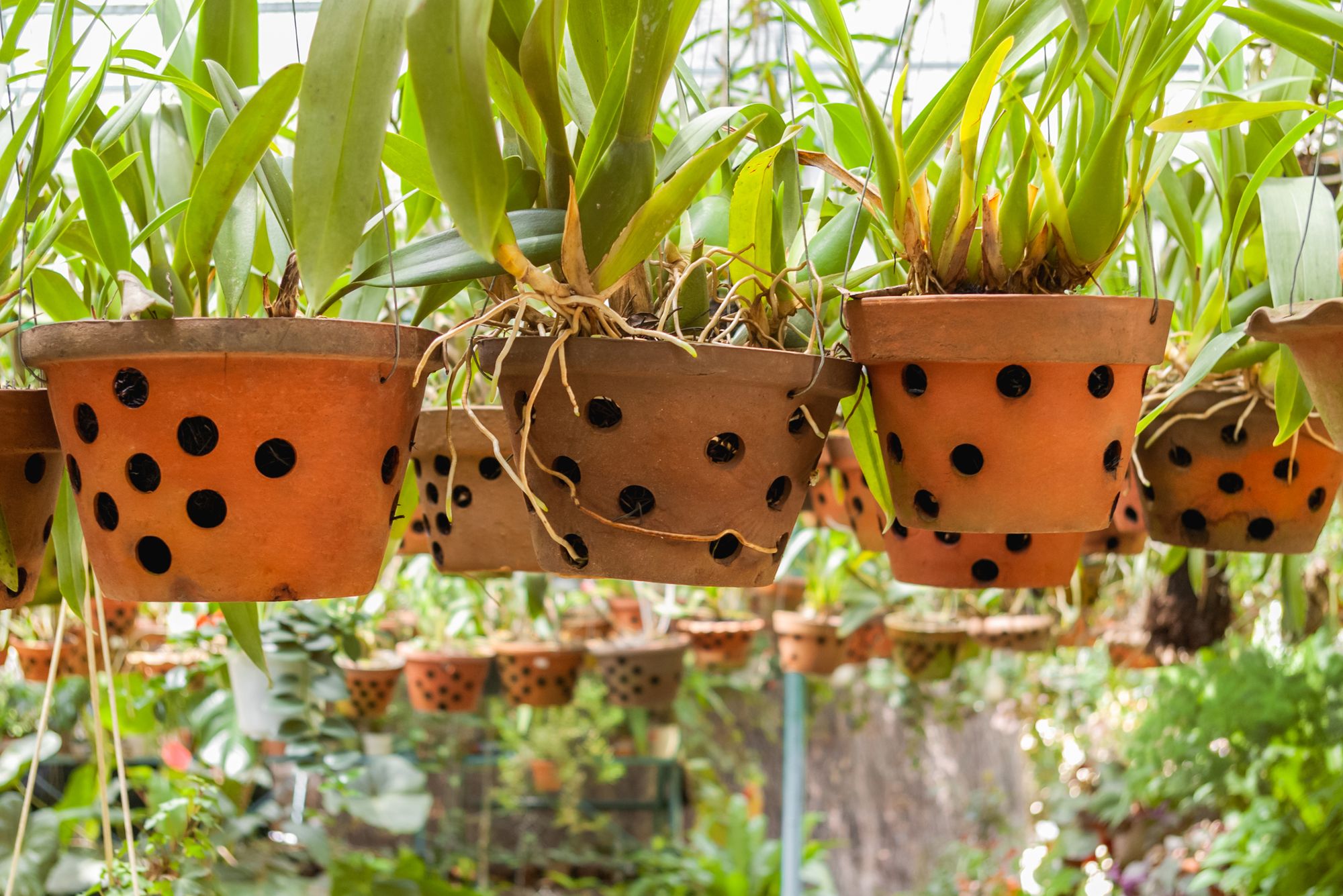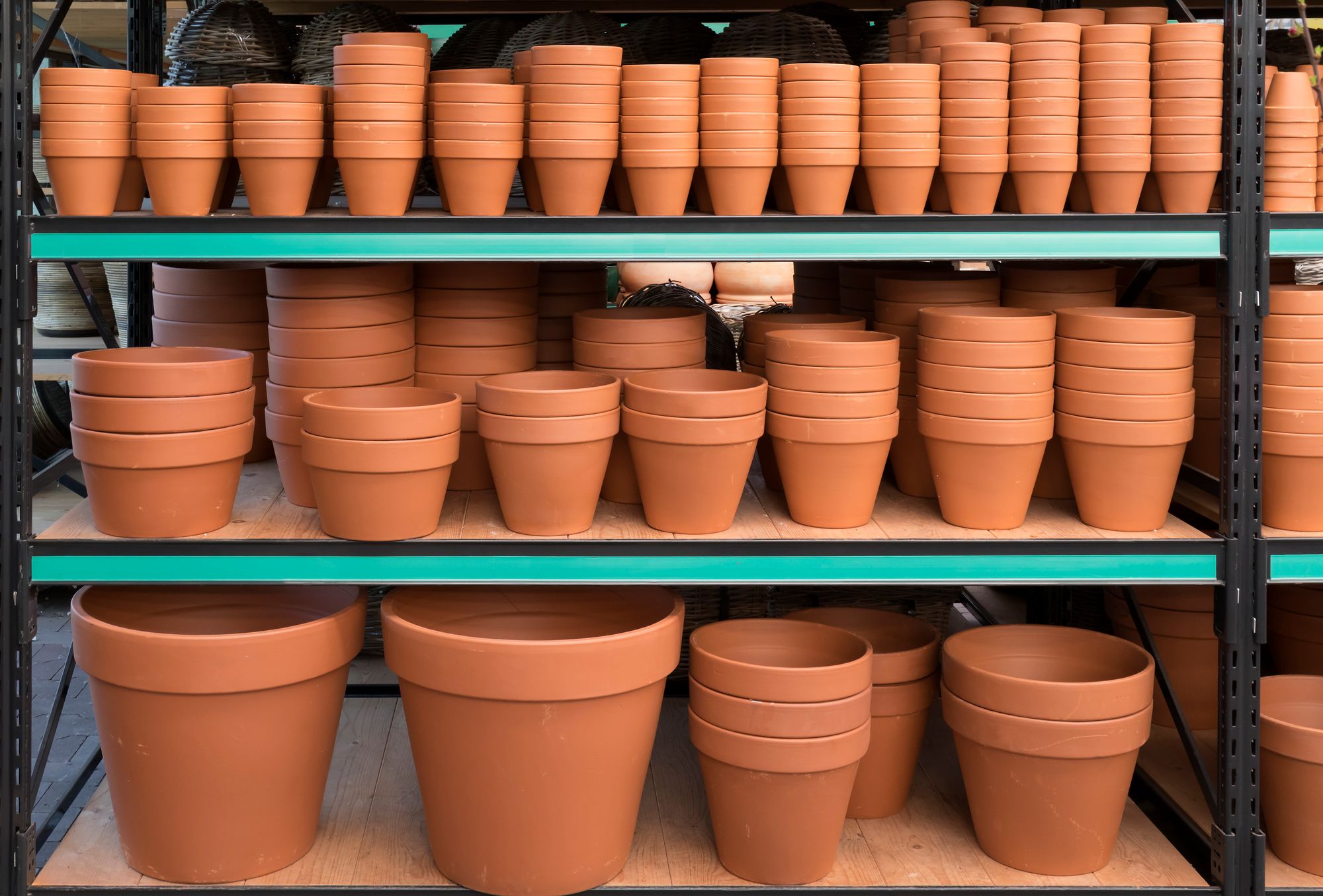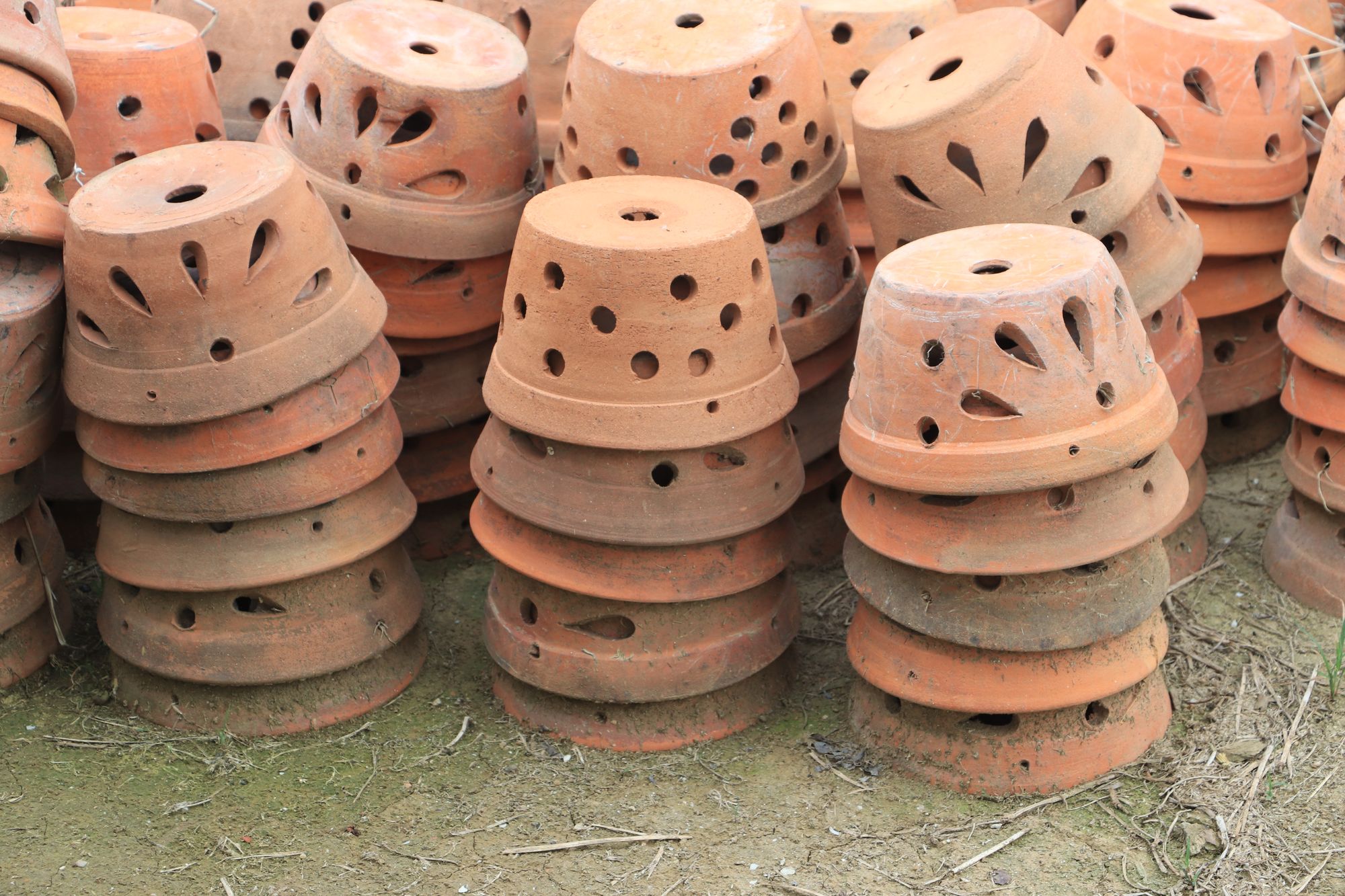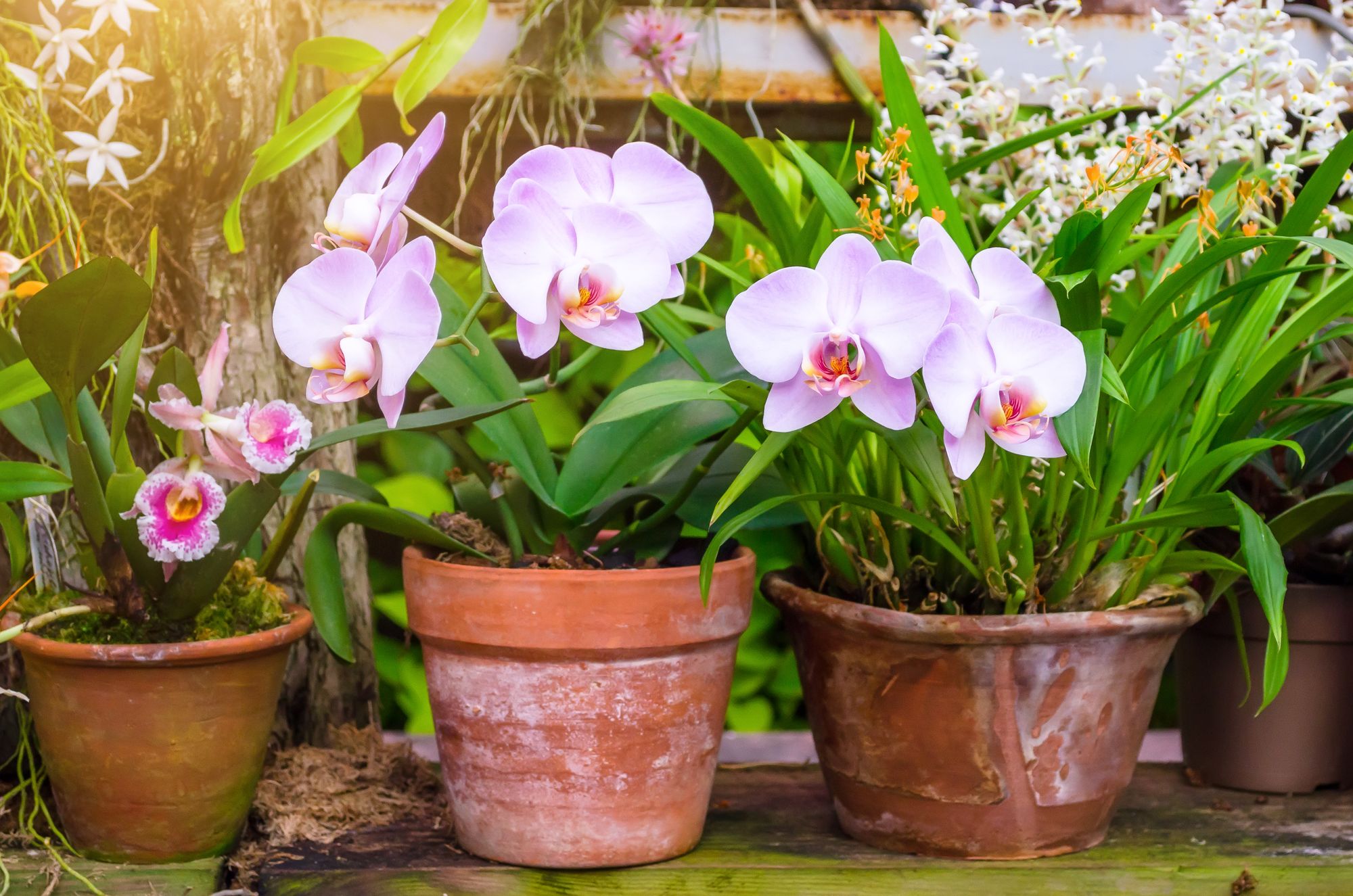What Are the Benefits of Growing Orchids in Clay Pots?

The container or pot your orchid grows in is more important than you might think. Some experts swear by clay or terracotta pots. Why is that? What makes clay pots so suitable for most orchids? In this article, we zoom in on their benefits and I share some tips when choosing a pot for your orchid.
Choosing a Pot for Your Orchid
Choosing a pot is important when you are about to repot one of your orchids. Don't throw away the pots your orchids are currently growing in if they are doing fine. We take a look at the benefits of clay pots. Consider a clay pot the next time it is time to repot one of your plants.
Orchids prefer growing in a medium that is airy. The roots need access to oxygen and water should be able to drain easily. Remember that orchids don't like wet feet. Plastic pots are the norm these days. Nurseries use them because they are cheap and don't easily break. Plastic is much lighter than terracotta, which is convenient if you need to ship orchids to customers.
There is no need to repot the orchid you just bought if it is growing in a plastic pot. Plastic pots are fine, but you may want to consider a clay pot when you need to repot the orchid you just bought.
Why Choose a Clay Pot for Your Orchid
A clay pot has a number of interesting characteristics that are suitable for growing orchids. Clay or terracotta pots are porous. The porousness of the pot promotes gas exchange and that is something that benefits the roots of your orchids. As I wrote earlier, the medium an orchid grows in needs to be airy. Gases, such as oxygen, can freely pass through the wall of a clay pot and that is something benefiting the orchid growing in it.

The porous nature of a clay pot also helps drain excess moisture. It ensures the medium the orchid grows in dries more evenly. This also has a subtle downside. Orchids that grow in a clay pot need to be watered more frequently as the water is absorbed by the pot, evaporating on the outside.
That brings us to the next benefit of a clay pot. Because clay pots help drain the medium the orchid grows in, there is another interesting side effect the plant benefits from. Have you ever noticed that the outside of a clay pot develops a white, grainy film or texture? The water you give your orchid contains soluble salts and those salts create the white film on the outside of the pot. While the water evaporates, the salts remain behind on the outside of the pot. Fertilizers also contain soluble salts and those too contribute to the white deposit on outside of the pot. This is especially true for chemical fertilizers.
How does this help your orchid? Salts build up over time in the medium and that is damaging to the roots of your plant. It is one of the reasons why you should repot your orchids every now and then. Because a clay pot transports some of the salts out of the medium, it takes much longer for the medium to accumulate salts that can damager the roots of your plants.

While it is understandable that nurseries don't use clay pots because of their weight, you can use the weight of a clay pot to your advantage. Clay pots can help prevent large(r) orchids from toppling over.
Clay or terracotta pots are made from a natural resource and it happens that algae and moss start to grow on the pot. Most people like this rustic look as it adds character.
Which Clay Pot to Choose
There are plenty of clay pots you can choose from. Choose a pot that isn't glazed. Clay pots that are glazed or baked high temperatures are no longer porous. The porous nature of a clay pot is what makes it appealing for orchids.

Draining holes are another important detail to be mindful of. A clay pot without draining holes isn't a good fit for your orchid. Most clay pots have a draining hole at the bottom, but clay pots designed for orchids (and some other plants) have additional draining holes on the side. Terracotta pots with holes at the bottom and on the side make sure excess water has a way out, the medium can dry out, and the roots of the orchid can breath.
What Are the Downsides of Clay Pots?
There are a few downsides, but they don't outweigh the benefits clay pots have for orchids. The weight could be considered a downside, but it shouldn't be for most orchid enthusiasts. Because clay pots are made from a natural resource, the roots of the orchid can cling or stick to the pot after some time. This makes repotting a bit more challenging.
When you are repotting an orchid growing in a clay pot that is reluctant to leave its old home, use a knife to free the root ball from the pot. Take a blunt knife and place it between the root ball and the pot. Carefully move the knife up and down, cutting the root ball loose from the pot.